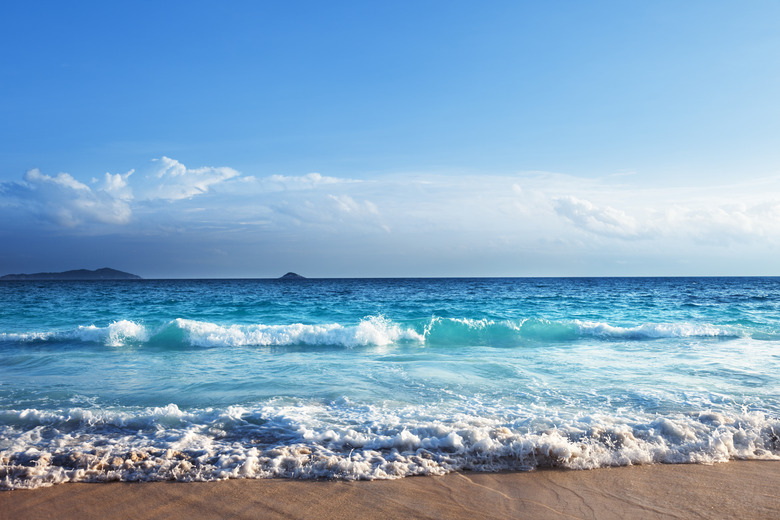How Do Ocean Tides Affect Humans?
Fishing
Oceans have approximately two tidal shifts per day, meaning that there are two low tides and two high tides per day–more specifically, every 24 hours and 50 minutes. At any given time of day, the tide is either slowly moving in or moving out. One indirect but very powerful affect tides have on humans is in the behavior of sea life. Many different kinds of sea life, especially those that live on or near the shore, depend on the changing tide for survival. Many fish or other sea creatures that humans harvest for food move according to the movements of the tide, so fishermen pay especially close attention to high and low tides for indications of when they should go out and when they should cast nets. Even fish that do not act based on tidal movements are still part of the food chain that is supported by the constant tidal cycles.
Vessels
Vessels
All types of sea-faring vessels are also greatly affected by the tides, and for centuries crews and captains alike have had to study the tide changes. Many boats, for instance, dock at ports during high tide but move too far up toward the shore so that at low tide the vessel is stranded on the sand. If the vessel is on a schedule and needs to leave, then the crew must haul it out to deeper waters so it can take float again. So not only do tides affect the coming and going of ships, but also the construction of the docks themselves and what docks can be used when. In an especially low or "neap" tide, many ships can be stranded in the mud, but scientists are able to predict even these drastic tide changes with great accuracy.
Flooding and Generators
Flooding and Generators
Spring tides, or especially high tides can sometimes endanger buildings and people near the shore, often flooding houses or wharfs. This is not a common occurrence since most buildings are constructed beyond the normal tidal range. It takes a rare and powerful tide–or more often a strong storm–to cause the ocean to flood most shore-oriented buildings.
Today tides are also being used to produce energy. Several companies are working on the development of hydroelectric dams that use the movement of the tide to turn their turbines, and some working plants have already been built.
Cite This Article
MLA
Lacoma, Tyler. "How Do Ocean Tides Affect Humans?" sciencing.com, https://www.sciencing.com/do-ocean-tides-affect-humans-5535690/. 13 March 2018.
APA
Lacoma, Tyler. (2018, March 13). How Do Ocean Tides Affect Humans?. sciencing.com. Retrieved from https://www.sciencing.com/do-ocean-tides-affect-humans-5535690/
Chicago
Lacoma, Tyler. How Do Ocean Tides Affect Humans? last modified March 24, 2022. https://www.sciencing.com/do-ocean-tides-affect-humans-5535690/
